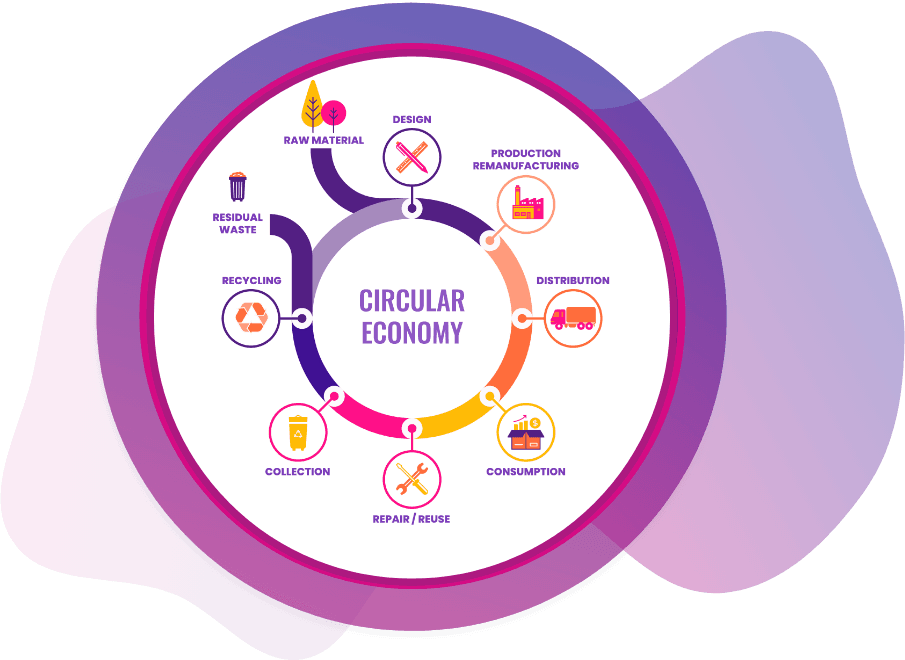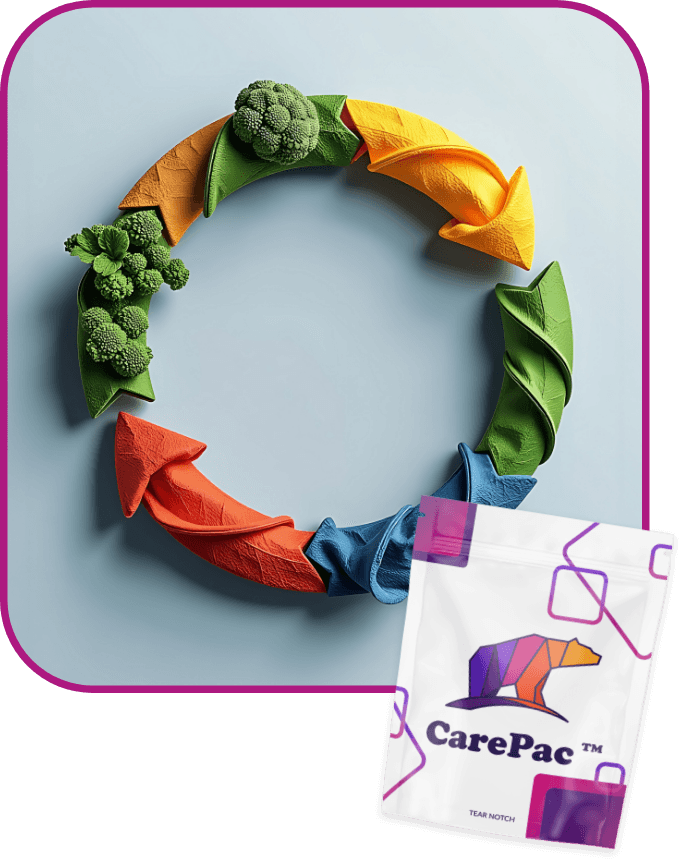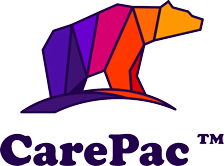No products in the cart.
Implementing Circular Economy Principles in Flexible Packaging Design
What is the Circular Economy?
A circular economy aims to minimize waste and maximize resource consumption by keeping materials, particularly packaging materials and plastic packaging, in use for extended periods of time (instead of using raw materials for every package or pouch.) This is done via strategies like reusing, recycling initiatives, and regeneration. At its core, the circular economy focuses on creating a closed loop system where materials are circulated and regenerated via innovative recycling systems, reducing reliance on using virgin materials and minimizing the environmental impact of packaging materials.

How Circular Economy Principles Apply to Plastic Packaging
The principles of a circular economy apply to plastic packaging because plastic waste is one of the number one culprits behind climate change. When it comes to reducing your carbon footprint with your packaging, there are several things you can do to improve the sustainability of your packaging, including:
The circular economy offers a promising path towards a more sustainable future for recycled plastic packaging. By embracing principles of designing for reuse or recycling, minimizing materials, utilizing non-virgin plastics, and planning for end-of-life recovery, businesses can significantly reduce their environmental footprint and contribute to a reduction in their carbon footprint and a healthier planet. This also helps provide consumers with peace of mind knowing their packaging is designed with the environment in mind.
Benefits of Circular Economy Packaging for Your Brand
When it comes to participating in a circular economy, there are several benefits to your brand. Some are more obvious, while others aren't as obvious. Here's how your brand can benefit from participating in a continuous loop system for your packaging.
Environmental Benefits - Of course, the primary reason for participating in a circular economy is to protect our finite resources and to create a more sustainable future. The environmental benefits of using recycled plastic and avoiding the use of raw materials in packaging include reduced waste and pollution, reduced resource and energy consumption, a reduced carbon footprint, and the protection of biodiversity and ecosystems. Although there are other benefits to meeting ambitious targets re: greenhouse gas emissions and the use of fossil fuels, the environment should be the primary reason brands switch to circular packaging and a closed loop system.
Financial Benefits - There are several financial benefits to brands focusing on greater sustainability with their packaging. These include reduced costs, increased operational efficiency, tax advantages and incentives, and access to new markets and investments. Additionally, as local governments continue to place a strong focus on circular packaging and reducing greenhouse emissions, your company may also be able to avoid fines and fees if you stay one step ahead of these regulations.
Brand and Reputation Benefits - Finally, there are several circular packaging benefits that will help support the reputation of your brand among consumers. By demonstrating a commitment to using recycled material and avoiding virgin plastics, consumers, investors, and stakeholders will have a positive opinion about your brand. You'll also be able to leverage your use of recycled content to differentiate yourself in a competitive market and attract and retain top talent as employees, especially younger generations, are increasingly drawn to companies that leverage recycling infrastructure to use recycled content instead of new materials.
How to Start Transitioning to Innovative Packaging Design
As a small business, moving to a circular packaging infrastructure might seem daunting. Fortunately, there are several things you can do right now to make the shift towards greater sustainability, including:
Audit current packaging for waste- Evaluate your current packaging materials to identify areas where waste can be reduced. Assess if your packaging aligns with principles of a circular packaging economy and consider conducting a full packaging audit to identify wasteful elements, set sustainability goals, and evaluate the effectiveness of your current practices.
Choose mono-material or compostable materials-Switching to mono-material packaging (where the packaging is made from a single type of material) or post consumer materials can help improve the sustainability of your brand. Consider using a life cycle assessment tool to determine the most sustainable option for your packaging needs
Reduce layers and the complexity of your packaging-Do you really need to have multiple layers for your packaging? Unless you need it to make the packaging food safe or to include important consumer information, consider switching to minimalist packaging and focus only on including layers that are there for protective reasons
Prioritize material sourcing and lifecycle- Finally, you can source sustainable materials like recycled cardboard, bioplastics, or materials made from renewable resources. Seek feedback from stakeholders, including suppliers and customers, to improve your sustainable future.

CarePac’s Role in Supporting Circular Packaging
At CarePac, we're committed to support improved infrastructure when it comes to all types of packaging. From paper packaging to packaging that uses recyclable materials, we offer several varieties of sustainable packaging and strategies to help make them more sustainable. From using recyclable barrier films to custom sizing your pouches to eliminate waste, we can provide expert guidance to help businesses navigate the evolving packaging landscape.
Ready to explore how we can help you achieve your circular packaging goals? Explore our diverse range of recyclable barrier films, custom sizing options, and sustainable packaging solutions today. Request a quick quote today or connect with one of our packaging experts for a personalized consultation.

Lets Get Started

Made In
The USA

Full Pouch
Customization


